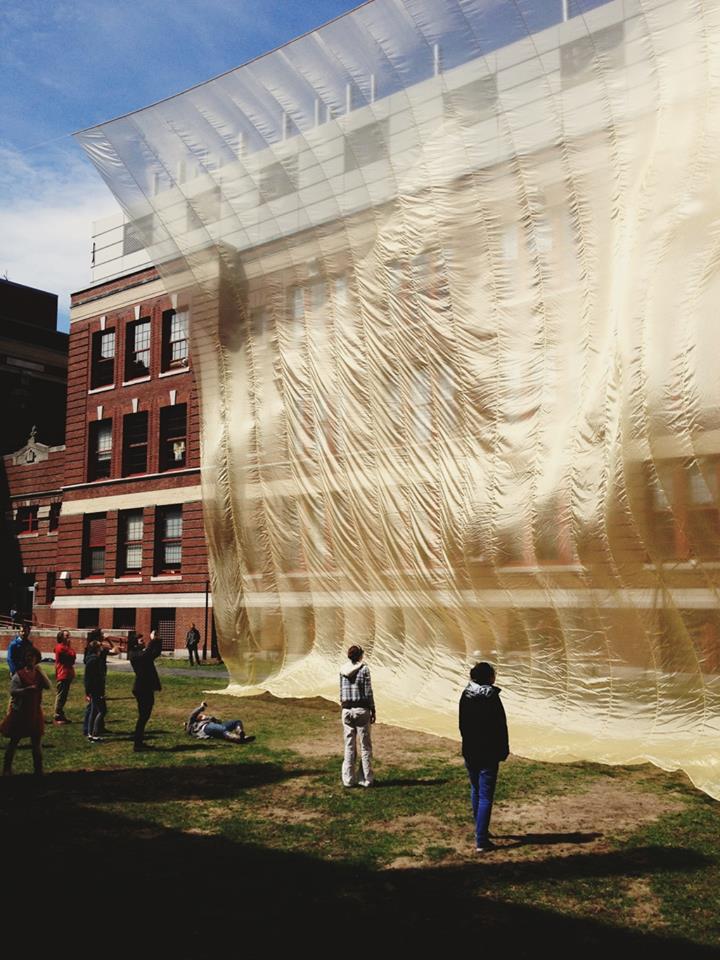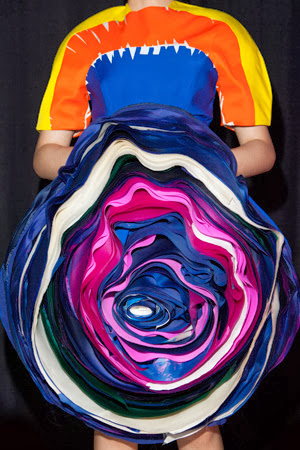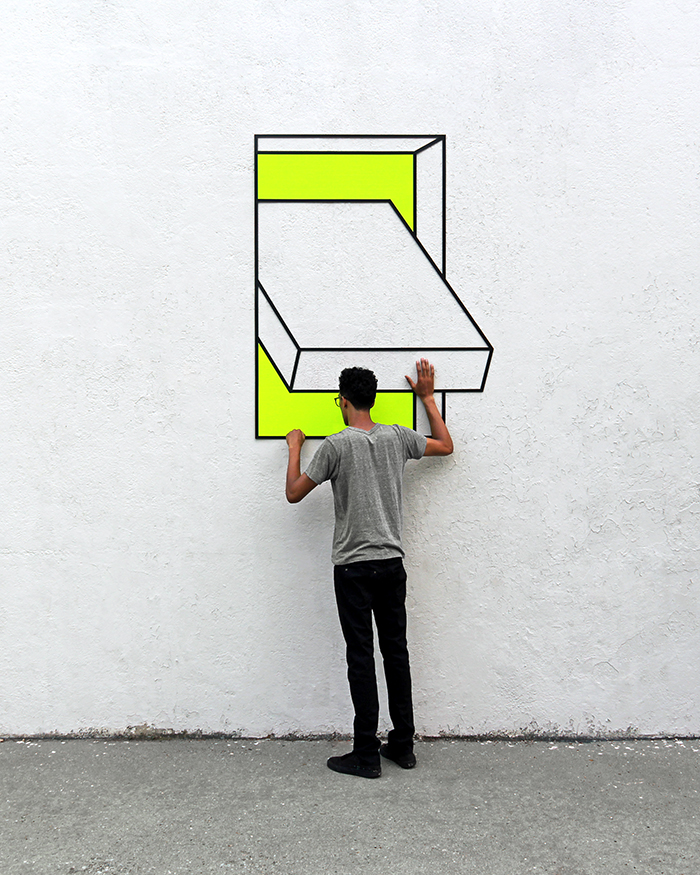
Ying Yu
airmorphologies
Humans, as social beings, use language to communicate. The human voice, as a biometric authentication mechanism, is constantly used throughout daily life applications, such as speech recognition, speaker verification, and so on. Currently, language-based communications mainly fall into two categories: voice over air, and voice over internet protocol. Can we add a new dimension for voice communication such as a wearable material? If so, how could we shape matter in order to physicalize vocal information?
airMorphologiesis an interactive installation that uses soft materials, such as silicon, fabric, and air, to realize these physicalizations. The human voice controls the actuation of a soft wearable structure, changing the appearance of the human body.






